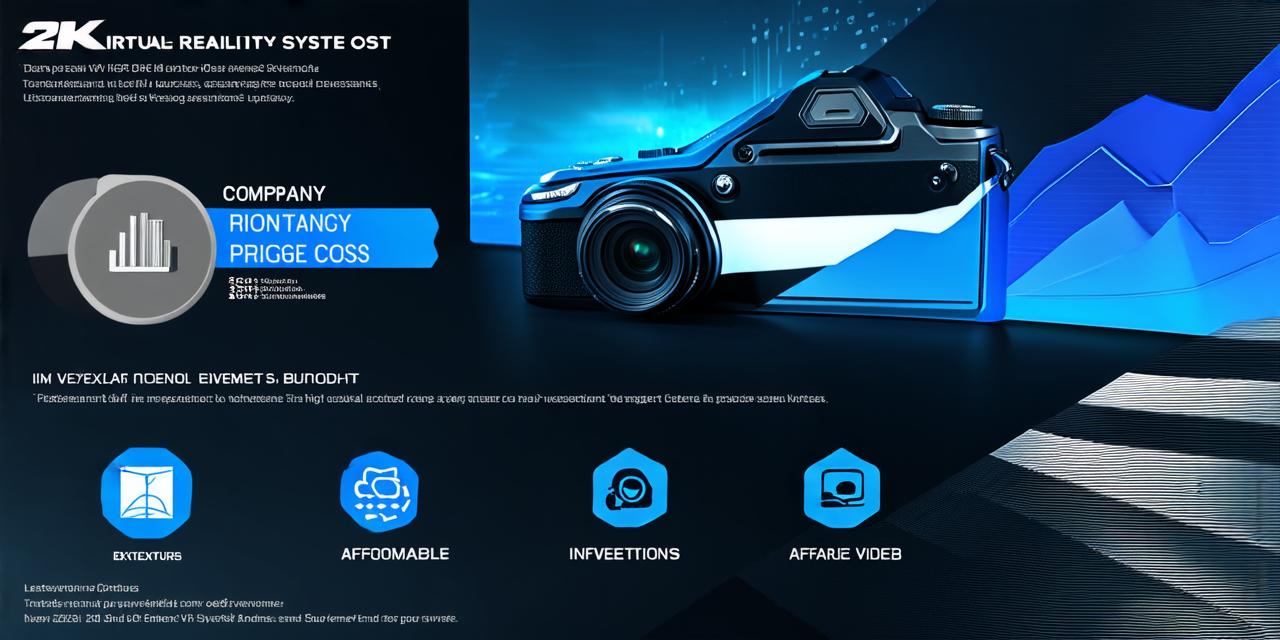
How much does the virtual reality system cost?
Factors Affecting the Cost of a Virtual Reality System
The cost of a VR system is determined by several factors, including:
- The type of VR system
- The level of immersion
- The hardware components used
- The software capabilities
- The intended use case
- Customization requirements
- Scalability needs
- Technical support and maintenance
- Training costs
The Type of VR System
There are several types of VR systems available, including:
- Desktop-based VR systems
- Mobile-based VR systems
- Tethered VR systems
- Wireless VR systems
- HMDs (head-mounted displays)
- Room-scale VR systems
- 360-degree cameras and projectors
The level of immersion, hardware components used, software capabilities, and intended use case all play a significant role in determining the cost of a VR system. Desktop-based VR systems, for example, tend to be more expensive than mobile-based systems due to their higher performance and more complex setup requirements.The Hardware Components Used
The hardware components used in a VR system can significantly affect its cost. For instance, HMDs typically use high-end graphics processing units (GPUs) that are more expensive to produce and maintain than the GPUs found in mobile devices or consumer-grade computers.
The Software Capabilities
The software capabilities of a VR system are also an important factor in determining its cost. Customizable VR systems, for example, tend to be more expensive due to the higher level of development required to create software that meets specific client needs.
The Intended Use Case
The intended use case for a VR system can also affect its cost. For instance, training and simulation applications tend to be less expensive than games or entertainment applications due to their lower complexity.
Customization Requirements
Customization requirements can significantly affect the cost of a VR system. Customized systems require more development effort, resulting in higher costs for the client.
Scalability Needs
The scalability needs of a VR system are also an important factor in determining its cost. Systems that require a high degree of scalability may be more expensive to develop due to the additional hardware and software components required to support them.
Technical Support and Maintenance
Finally, technical support and maintenance costs can also affect the cost of a VR system. Some vendors offer on-site support, while others provide remote assistance or training resources. The level of support required will depend on the complexity of the system and the needs of the client.

Case Studies: How Much Does a VR System Cost?
To help developers get a better understanding of how much a virtual reality system costs, let’s look at some real-life examples:
- Oculus Quest 2
The Oculus Quest 2 is a popular mobile-based VR headset that costs $399. However, this price does not include the cost of additional peripherals, such as a computer or mobile device required to run the system, as well as any custom software development.1. HTC Vive Pro Eye
The HTC Vive Pro Eye is a desktop-based VR headset that costs $999. This price includes the cost of the headset, as well as the necessary computer hardware and software components to run the system.
1. Unity Worlds
Unity Worlds is a customizable virtual reality platform that allows businesses to create their own VR experiences.


